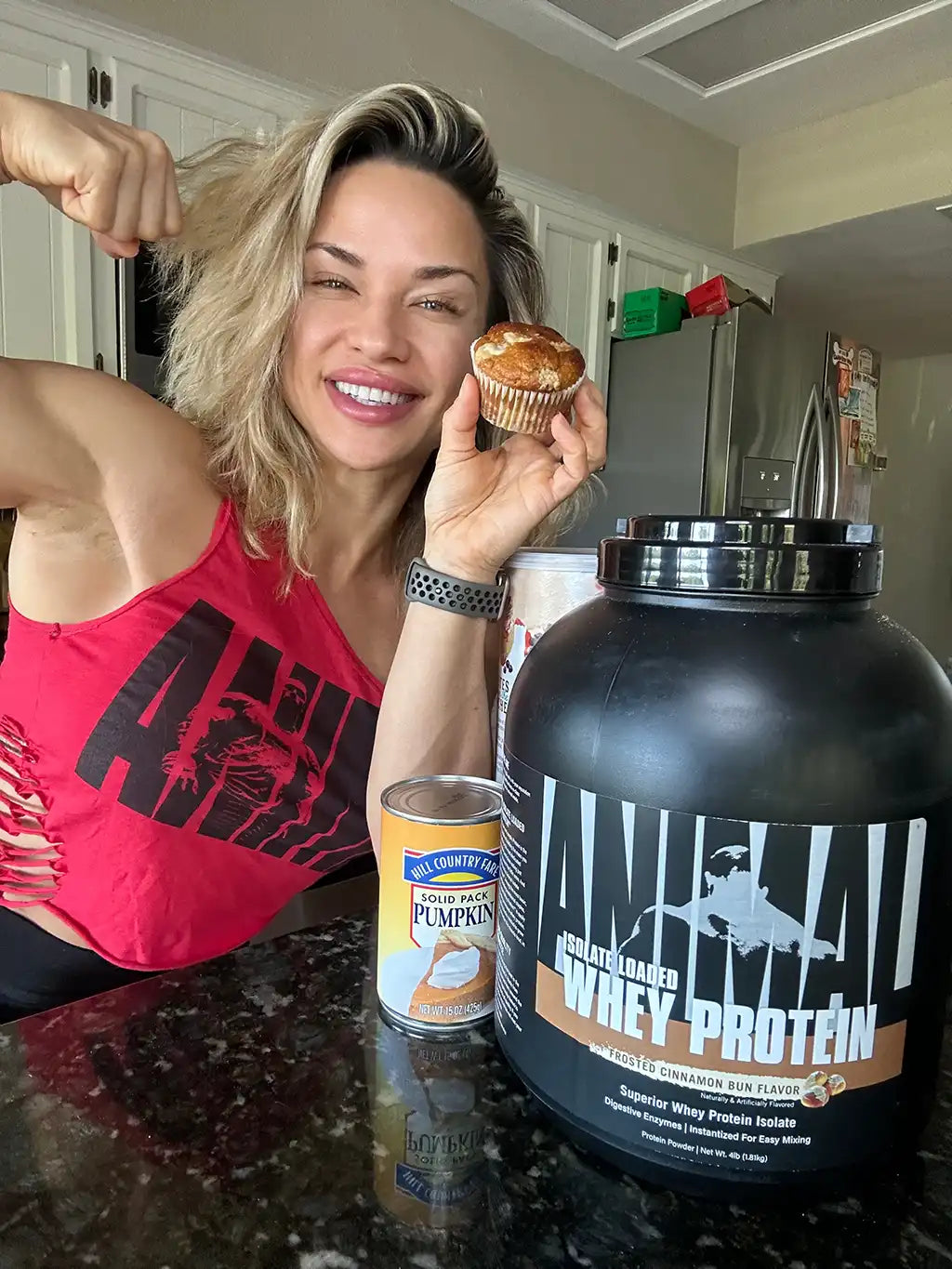The squat has been called the king of the lifts, and with good reason. It involves a multitude of muscle groups, and whole body coordination, and is the heaviest lift one can perform with the weight supported by their body (as opposed to something like the deadlift which can be heavier for some people but the bar is not resting on their back/shoulders). It serves several purposes, from athletic development for various sports to developing lower body musculature for bodybuilding, to being one of the three competition power lifts.
The squat is also the lift that I have become most known for. The first time I broke the wrapped squat world record was in May of 2018 with 910lbs, and out of all my competition lifts is the one I am most proud of. It was my first full meet back after a catastrophic injury the year before. It also occurred at a particular meet with notoriously strict judging on the squat; some squats that looked good to many were red-lighted by the judges. I had also attempted the same weight on my second squat and failed, so coming back and getting it on my third felt special. I’ve attempted and come close to breaking the raw (sleeved) squat world record a few times but haven’t quite gotten it. I mention that only to substantiate the fact that the squat has become my most competitive of the three lifts (I’ve never held nor attempted a world record in the deadlift and I’ve never been remotely close to attempting anything of the sort in the bench press).
It wasn’t always that way. When I first got into powerlifting, and for some time thereafter, my deadlift was my best lift, and in meets it tended to be almost 100lbs more than my squat. My bench press also made a lot of progress initially, going from 363lbs in my first meet in February 2014 to 501lbs in my fifth meet in August 2015. In other words, the squat was my worst lift. Through lots of hard work, addressing weaknesses, making technical adjustments, and guidance from Dan Green, it transformed into my best lift. Keep that in mind for those starting into the world of powerlifting or squatting in general.
The squat can have a certain intimidation factor or at the very least discomfort in having a heavy barbell digging into one’s upper back with nothing else to support it, and then knowing that one has to drop down as far as one can with said weight and stand back up with it.
There are a lot of variables: stance width, foot position/angle, bar position, grip, amount of knee flexion vs hip flexion, etc. It can take a while to adjust all of these to what works best for an individual, but that ultimately makes it all the more rewarding. There is a great sense of accomplishment in seeing one’s efforts pay off as the lift becomes more streamlined and efficient, and as one’s strength increases. An added benefit to improving one’s squat is its transference to other lifts and activities.
A stronger squat is extremely likely to translate to a stronger leg press, hack squat, or pretty much any other lower-body lift, while the reverse is much less of a sure thing. A stronger squat is very likely to confer a faster sprint and a higher vertical jump. Contrary to what many think, developing one’s squat can strengthen and protect one’s knees. It can also improve the efficiency of movement patterns that occur in many ventures from various physical jobs to moving furniture. As we get older, the ability to stand up, which is the essence of the squat, becomes a vital skill to maintain. With time, patience, some guts, and perseverance, one can reap these benefits and develop a squat they are proud of.



























